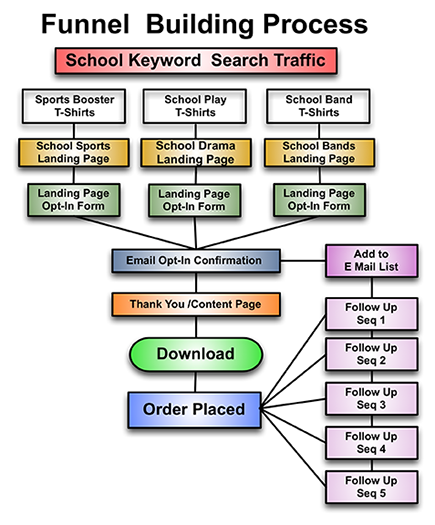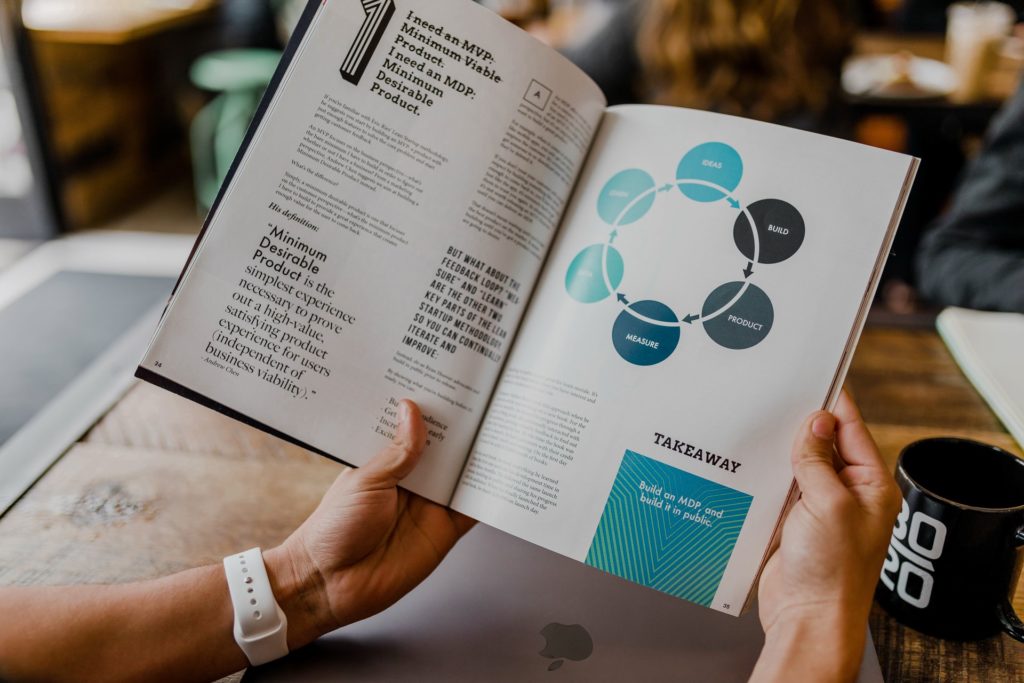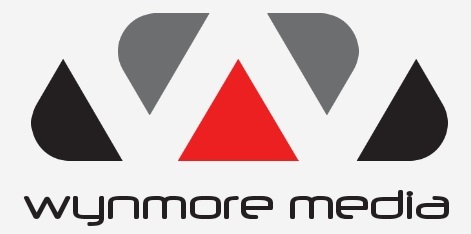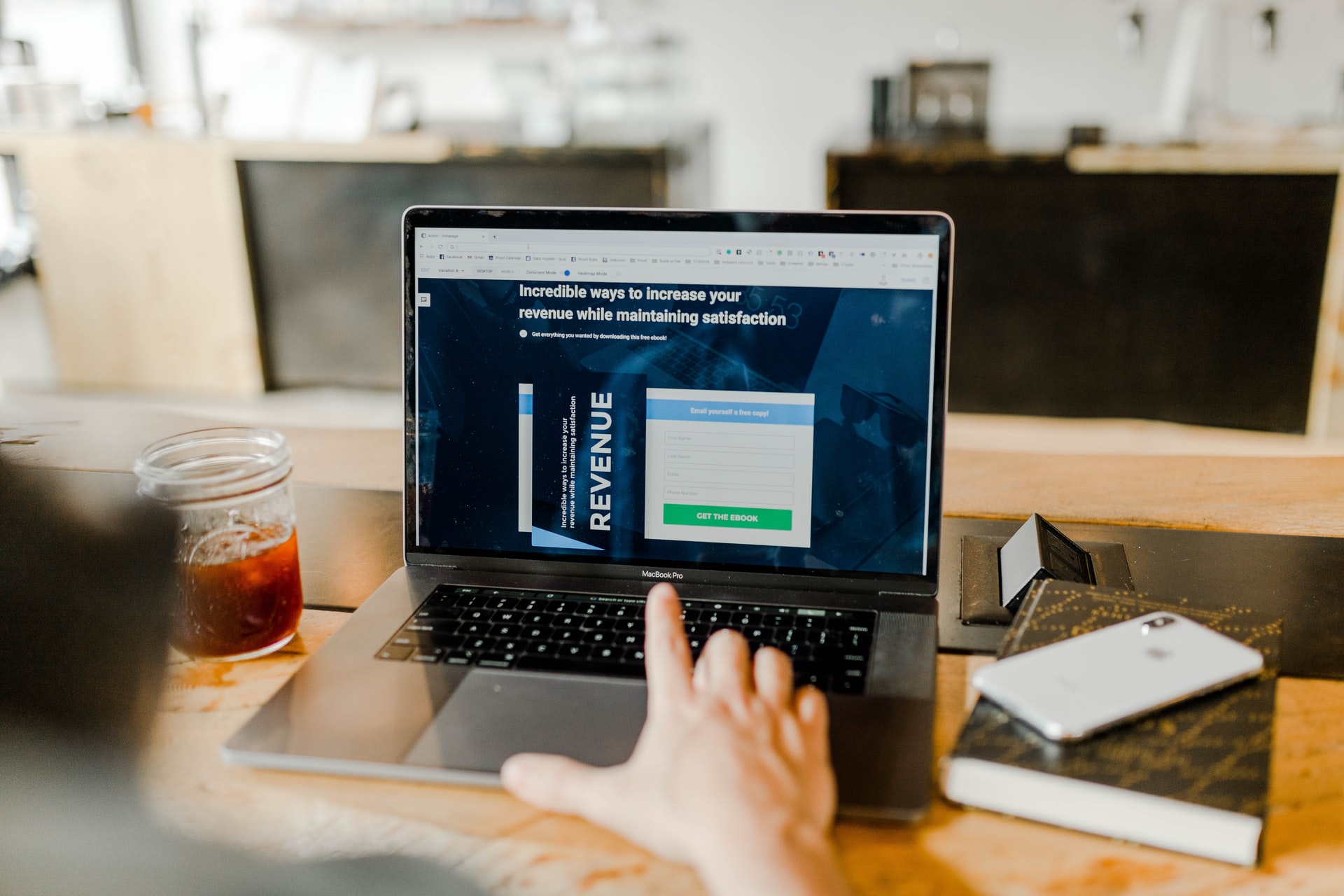Learning how to create a sales funnel and keeping it full is the key to growing your business if you are serious about making a 7-figure income.
To do this, you must have a sales funnel where people are constantly entering and advancing.
At the end of each stage in your sales funnel is a possible sale that will keep your sales funnel full.
You need to make sure there is something at the end of every stage for someone to buy. If there isn’t then their next step is out of the sales funnel, leaving it empty at that point. Everything needs to lead to some sort of transaction if your business is going to grow!
The first thing you need to do when planning how to create a sales funnel is deciding what you are selling and who you are targeting.
Here is an example sales funnel:

If you are targeting people with a certain problem, then create sales copy that shows them that your solution is the way to solve their problem.
Sales copy should also be present where potential customers are entering the sales funnel too, they just need to be persuaded to move to the next step, which is typically either an opt-in or a small purchase.
Once you have decided on what sales copy needs to go into each stage of your sales funnel, you need to plan how you will get traffic towards it. There are many ways you can do this and most of them come from using Facebook ads or search engine optimization (SEO).
Generally speaking, SEO takes long-term value for your business so I would recommend looking into Facebook advertising first since it doesn’t take as long to see sales coming in.
Using Facebook ads you can target people who have been on your website but didn’t complete a transaction, targeting those that have visited your sales page or blog post, or just targeting specific demographics like “everyone interested in marketing”, “moms”, and many more. This is called retargeting, or remarketing.
Ever visited a website for the first time, and then all of sudden you are seeing their ads everywhere you go. In a way it seems as if they are stalking you. That is an example of remarketing! Ads are served to people who have already visited or taken action on your website through remarketing (also known as retargeting). For example, you can use remarketing to promote a product or offer, or to generate leads using remarketing. The purpose of remarketing ads is to stay top of mind with your prospects by nurturing them with content that educates and proves that your solution is the best solution for them.
Once you begin getting sales through even one sales funnel (it doesn’t matter if it’s your first sales funnel ever), keep adding to it with follow-up funnels.
Who wants an empty sales funnel? No one does! So never stop creating new sales funnels! Your sales funnel is your online sales person. It’s no use having 1 sale funnel making money for you while you spend all of your time working on the others since it could be generating 100x as much as those do!
If you are a business owner that wants to make sales and are serious about making a 7-figure income, then you need to have sales funnels in place.
The difficult part of sales funnel creation is starting it in the first place, but if you start with one that works then everything will be easy – at least when it comes down to sales!
Target your audience with ads on Facebook and begin making sales with them today! There are many ways out there for you to get sales, so get creative!
Try using influencers on social media too…they have audiences larger than some small businesses. Influencers are more affordable than traditional advertising methods so why not try them? If you don’t want to work with influencers, you can target their followers with your Facebook ads. If you know that your target audience is following Terrance K Williams or The Hodgetwins, then you set up your Facebook ad targeting with those interests in mind. If it fails or does well, continue through your sales funnel. You can always tweak what you’re doing if something isn’t working for more sales.
Don’t go crazy and try to make sales all at once since it won’t work. Build your sales funnel slowly but surely and you’ll see the results!
Start building out a sales funnel today and watch as your business grows over time!
Having done so, you’ll find that your business is able to generate new customers more consistently.
In addition, a sales funnel is a marketing system that can provide valuable insight into your customers’ behavior. You will know what types of content they enjoy and which products or services they are most interested in buying. If you have a sales funnel set up for your business, you will be able to monitor the level of interest from prospects by monitoring how many visits each page receives. You’ll see the conversion rate of each page so that you can improve your sales funnel and increase revenue. Finally, a business owner can maintain a continuous flow of new business by understanding how the sales funnel works and how long consumers stay in each stage.
Step One: Awareness
Advertising your business follows steps: Awareness, interest, desire, and action. Also known by the acronym AIDA. The sales funnel is all about the awareness stage. You create that hook, story, and offer that will drive people to your landing page and take action to try your product or service.
What you need:
1. An intriguing post that asks a question and drives people to click on your landing page. Asking questions is an easy way to get the attention of your audience and it builds trust as well. You can use social media or guest posts on other blogs as well for this purpose.
2. A landing page with an opt-in form where you collect their email address and ask them what they want (so that you can give it to them). The key here is to create an offer that will resonate with your market – something only you can provide – and make sure everything on the page reinforces that point (and nothing else).
3. A follow-up sequence, including an email autoresponder, that guides your prospect through the sales funnel.
Step Two: Interest
Once you have awareness and interest, you need to continue building trust and adding value so that they become interested in what you’re offering.
What you need:
1. The next step in the sales funnel is for them to request information from you or sign up for your newsletter (with a lead magnet). You can then add more people into your email follow-up sequence if desired (by purchasing a list or asking for referrals).
2. Create valuable content at least once per week, including white papers, demos, videos, free webinars, and blog posts based on research or real-life experience. If you can, make sure to give your blog posts a similar look and feel as the rest of your site so that it matches and doesn’t look like an ad.
3. Send personalized email messages (from yourself) that will answer specific questions or provide all the information necessary for them to be able to make a purchase decision. During this stage, you’re trying to build trust through real value before asking them to buy anything from you. Also, continue pushing leads down your sales funnel by offering more valuable lead magnets at each step along the way. For example, if people opt-in on page one of your 3-step process they might receive a free webinar on “How To Do” whatever it is they just opted in for. And if they were opt-in for your free webinar, you might offer them a guide via email that will walk them through the setup process of whatever it is they just opted in for (if applicable).
What to avoid:
Using spammy ads on social media or paid ad campaigns that do not provide visitors with real value can turn people off during this stage. Also, avoid bothering people who didn’t opt-in with promotional offers and only send out one message every few weeks.
Step Three: Desire
At this point, your prospects should be ready to buy because they trust you and are eager to see what you have to offer. What’s important here is how much money you asking for and at what price point.
What you need:
1. A compelling sales page with a video and offers that will compel people to buy from you. Make sure the offer is something only you can do, making it as unique as possible so they don’t shop around too much for a better deal.
2. Email marketing to remind your prospects of their desire and teach them how to want what you’re offering (like how they can save more money by buying now). Use special offers, like 10% off coupons and limited-time discounts, drive people down the funnel and increase the overall conversion rate of your sales funnel website once they make it this far.
3. A merchant account linked to your shopping cart where you can take payment right away instead of asking for the typical buyer’s information. Don’t be afraid to try out different credit card processors and choose one with low rates so you don’t have to pay too much money in fees every time someone makes a purchase.
What to avoid:
If your product is not something that will solve the problem, or if it fails to resonate with people during this stage then they’re likely to abandon their checkout cart before any transactions are made.

Let’s use fitness blogger Natalie Hodson as an example. A user on Facebook was scrolling along with her newsfeed rather aimlessly. She actually had to scroll back up because an image caught her eye. It was a picture of a woman who peed her pants. At first, she thought to herself why would this woman post this? Intrigued, she clicked on the link which brought her to a landing that had a video. She played that video and Natalie told her the story of the time she peed her pants while making a workout video. She partnered with a doctor to create and sell an e-book. She created a message that instantly resonated with many of the moms out there who had a kid and suddenly peed their pants.
Step Four: Action/Purchase
Now it’s just time for them to go ahead and complete the transaction, right? Well, not quite. A lot of people will want more value from you after completing a transaction because most purchases require some sort of follow-up or service.
What you need:
1. A confirmation page that tells people to “thank you for your order” and provides an option or place for them to leave feedback or get support if they have any questions. Keep the message short, sweet, and professional. If your site is not secure two things will usually happen: either people will immediately get nervous because their financial information was just shared with a website that isn’t encrypted OR they’ll never return to your site again because of fear of their personal data being stolen (I An..e phishing attack).
2. email follow-up sequence that entices them to take further action after completing the purchase. Including sending them something in the mail is also a good idea. You can use this email marketing sequence to build up excitement again by telling people what you’re working on for the next release of your product or simply ask them if they have any feedback about their experience with your website.
3. The ability to take payment right away through a shopping cart platform that uses an encrypted connection (yes, it’s important).
What to avoid:
Do not stop after people have placed their order and leave them wondering if you’ll ship it to them soon…that’s just bad business! Also, do not forget about after-sales service or follow-up support because this stage should include some kind of continued engagement with your customers long after the transaction is complete. Otherwise, there’s no point in asking for the sale.
Step Five: Deliver (follow up)
This is where people get excited to receive what they’ve purchased and you get to make them love it! Most products require some kind of support or delivery after a purchase has been made, but how you do this makes all the difference…it’s not about ‘how’ you do it, but making sure that you deliver at all.
What you need:
1. A checklist for delivering your product that ensures everything goes smoothly and nothing gets missed along the way. Set aside time every week/month/year to review this checklist and go over each item one by one so there aren’t any mistakes or overlooked opportunities when providing service. Some people will require special attention because they purchased a more expensive product and you want to make sure every little detail is attended to.
2. An option for people to contact your business and seek help or get answers to any questions they may have about the product that was purchased. You should also include links to social networks where people can get in touch with you personally (like Facebook, Twitter, Pinterest, etc).
3. A way of taking feedback from your customers such as an email newsletter sign-up box or a separate page on your website dedicated specifically to asking for people’s opinion on what could be improved about the purchase experience, product, service, etc. Review this information later and make changes accordingly when possible.
What to avoid:
Do not assume that people will leave feedback or contact you if there’s a problem because some people will simply never talk to you again and take it as a sign that your business sucks (well, they might like the product but wish they hadn’t had negative experience).
Well, that would be all for now and if anyone has any thoughts feel free to post them below since I really do appreciate constructive criticism…just try and make it better next time.
Until next time! – Nick J. Roy, MBA signing off! I know this was a long one, so thanks for reading this far 🙂
References:
Sales Lead Definition (investopedia.com)
How To Use The Marketing Funnel For SEO & Inbound Marketing (searchengineland.com)
Time To Meet With Nick
Nick Roy has been involved in marketing and website design since 1999. He has been a business owner since 2008 where he grew his first agency, GMM Creative, to 7 figures in five years before a bad acquisition brought that to a halt. That combination of success and failure provides Nick with a unique perspective to share with clients on what it takes to succeed as a small business owner. While he currently holds an MBA from Hawaii Pacific University, he is primarily self-taught when it comes to website design and online marketing. He is also an instructor of social media marketing for Wynmore Academy. Click here to set up a time to talk with Nick about your business goals.

